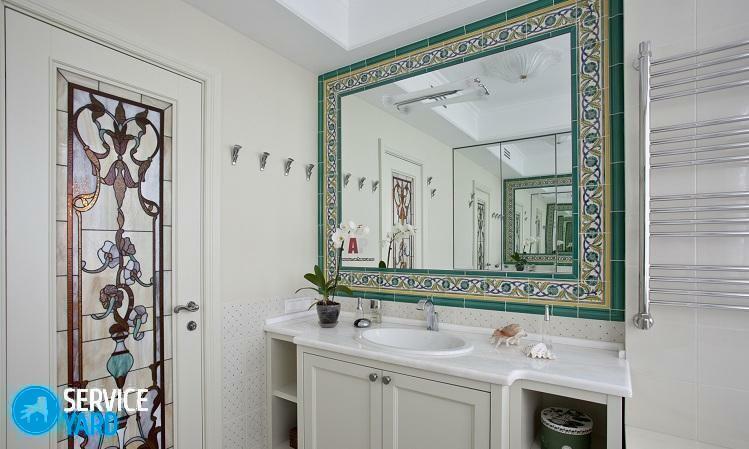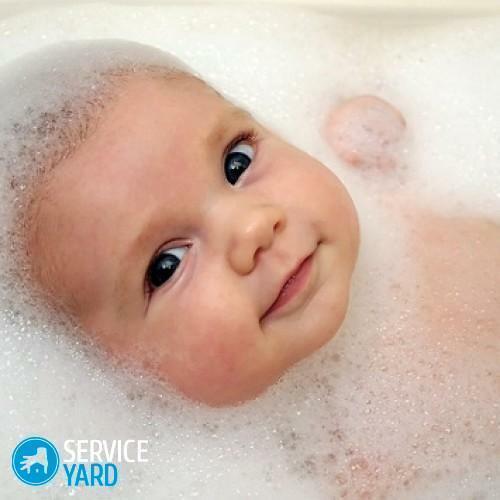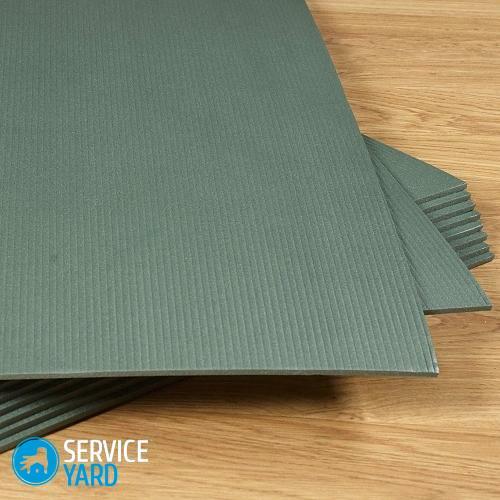People of the older generation of habit radiators are associated with massive cast-iron construction in the form of bellows, which were issued by Soviet factories. They perform well, but the interior looked as foreign elements that had to be masked behind the curtains.
Since then, it took a long time, and everything changed. Through innovative approaches to producing the appearance of modern radiators resembles a work of art, which serve not only as heating devices, but also perfectly serve as a decorative element in the living room. They can have almost any color and configuration. For the manufacture of designer of radiators They used a variety of materials: artificial stone, tempered glass, fine wood, and other unusual materials. They do an excellent job with a heating function in spite of the original form.
The advantages of using design batteries
The main advantage of such heaters is the attractive appearance. Using battery design in interior design can become an original style solutions. Enough to choose the appropriate option to quickly and easily transform a room.
Similar designs copes with its functions in areas dominated by the increased level of humidity. Therefore, they can be installed in the bathroom. The process of installation of design radiators is relatively straightforward. To cope with this kind of work can be on their own without the help of professional artists.
Types decorative radiators
Design batteries may differ not only between the external design, but also the method of heat transfer. In view of this characteristic, they are convective, radiative and convective-radiation.
Also, such products are classified in view of structural features. For manufacturing decorative radiator sections and blocks are used (iron, steel, bimetal, aluminum), and the tube panel.
Another design batteries differ by weight, the level of internal pressure and other optional parameters.
To design harmoniously blended into the interior, and were able to fully perform their functions, their installation must be provided at the stage of drawing up the project of building a house or of capital repair. This is due to the fact that the designer radiators are usually made to order, taking into account the specific features of the room.



